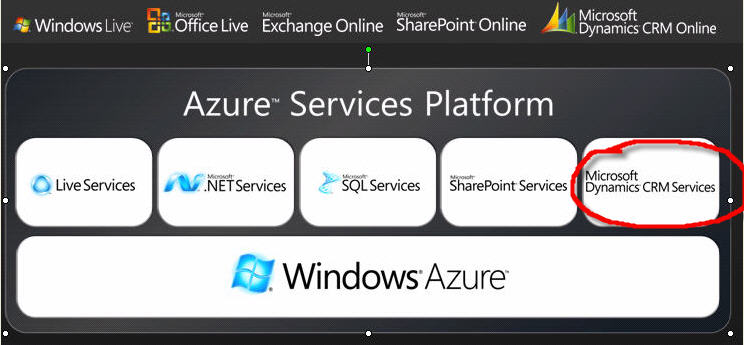Microsoft takes off its xRM platform-as-a-service gloves

Two years ago, Microsoft CEO Steve Ballmer mentioned for the first time publicly that Microsoft was building a new platform based on its CRM core engine. Since that time, it's been tough to get the Softies to provide any real specifics on that technology, once known as the "Titan" platform, and now known as xRM.
But with Salesforce.com stepping up its Force.com push, Microsoft seems to have decided it's finally time to talk turkey about xRM and how Microsoft plans to position a Microsoft-hosted version of it as part of its Azure cloud platform.
Anyone who has been studying Microsoft for a while knows "platform" is one of the company's favorite terms. Microsoft execs love nothing better than to take a standalone technology and figure out a way to build it into a developer ecosystem, encouraging its reseller partners and independent software vendor (ISV) allies to write apps that layer neatly on top of the Microsoft stack.
xRM is an "anything relationship management" platform, upon which hundreds of partners,ISVs and customers already have written line-of-business apps (LOBs) using the core stack that powers Microsoft Dynamics CRM, explained Bryan Nielson, Microsoft's Director of Worldwide Product Marketing for Dynamics CRM and XRM. The kinds of LOBs built using XRM range from a seeing-eye-dog application to complex human-resource-management systems, he said.
Some customers are relying on xRM to help them consolidate their applications, making them more easily customizable and manageable because they are written on top of a common, .Net-based platform. Others are using xRM to create extensions to CRM, Microsoft execs said. Some users decide to "turn off" Dynamics CRM but still use the xRM core to create and maintain other applications, they added, as part of their move to reduce use and dependency on legacy applications.
The element of xRM I was most interested in hearing about during my meeting with Nielson and his colleagues this week, was how it fits in with Azure, Microsoft's cloud platform.
Remember Microsoft's fall 2008 rollout of Azure, when execs briefly outlined forthcoming "SharePoint 
What that means to customers and partners is when Microsoft launches the first final release of Azure this fall, the ability to host relationship-management applications in Microsoft's cloud -- something to which Ballmer alluded vaguely two years ago -- will be live, too. This hosted xRM offering is Microsoft's answer to Force.com and other "platform-as-a-service" competitors.
Any customers or partners out there who potentially might be interested in Microsoft's xRM platform-as-a-service offering? What kinds of features/pricing would make you more curious?